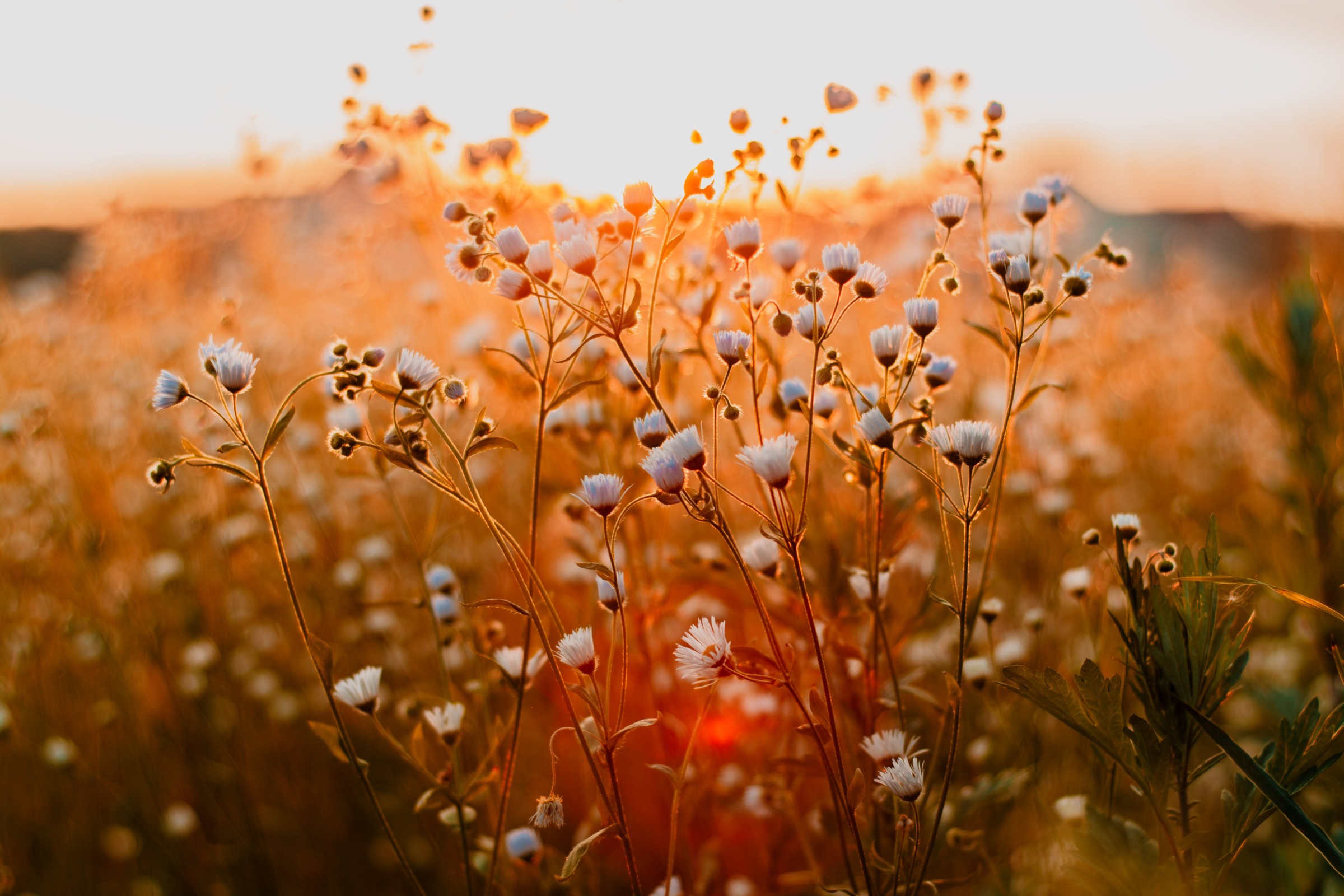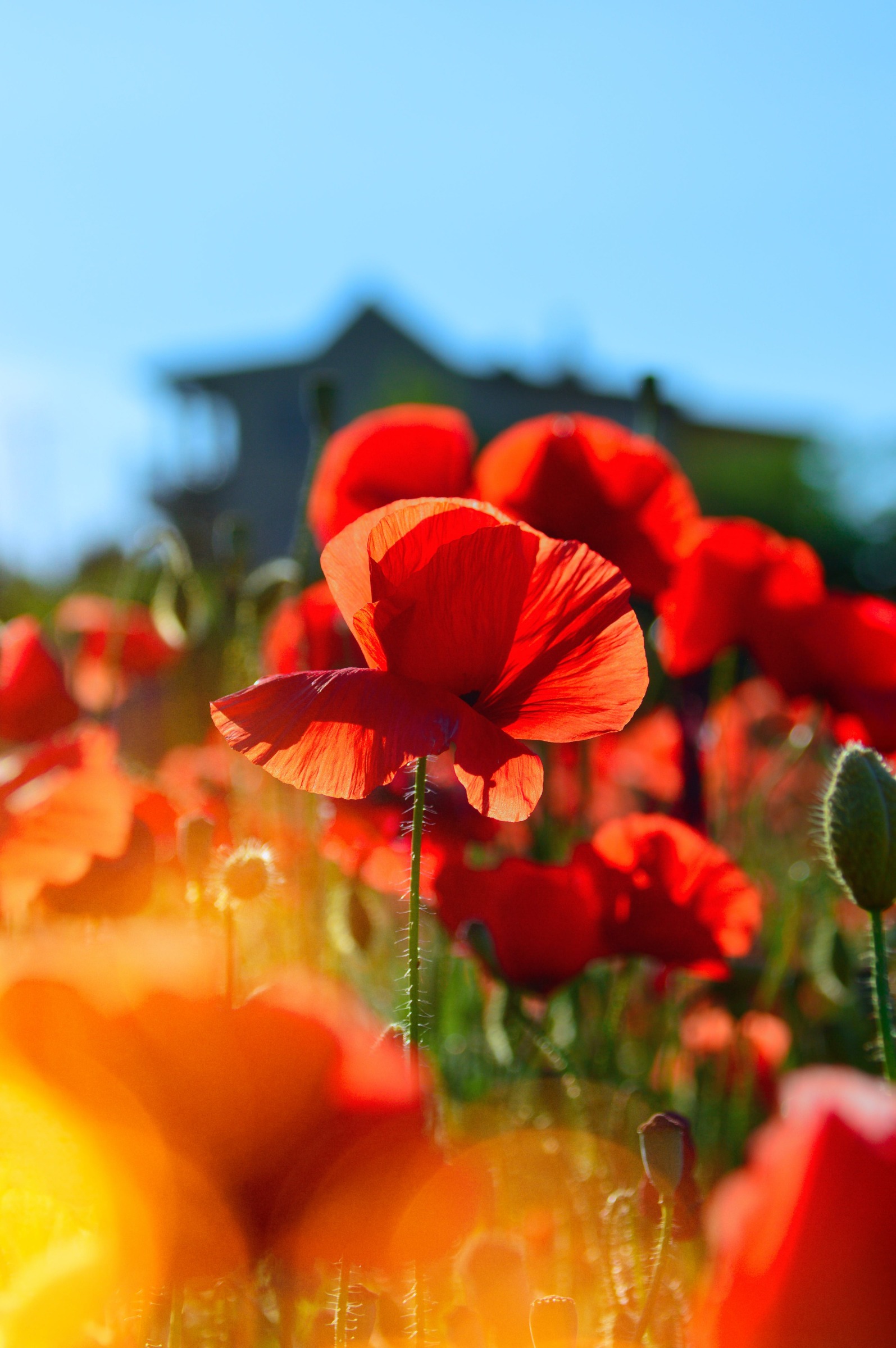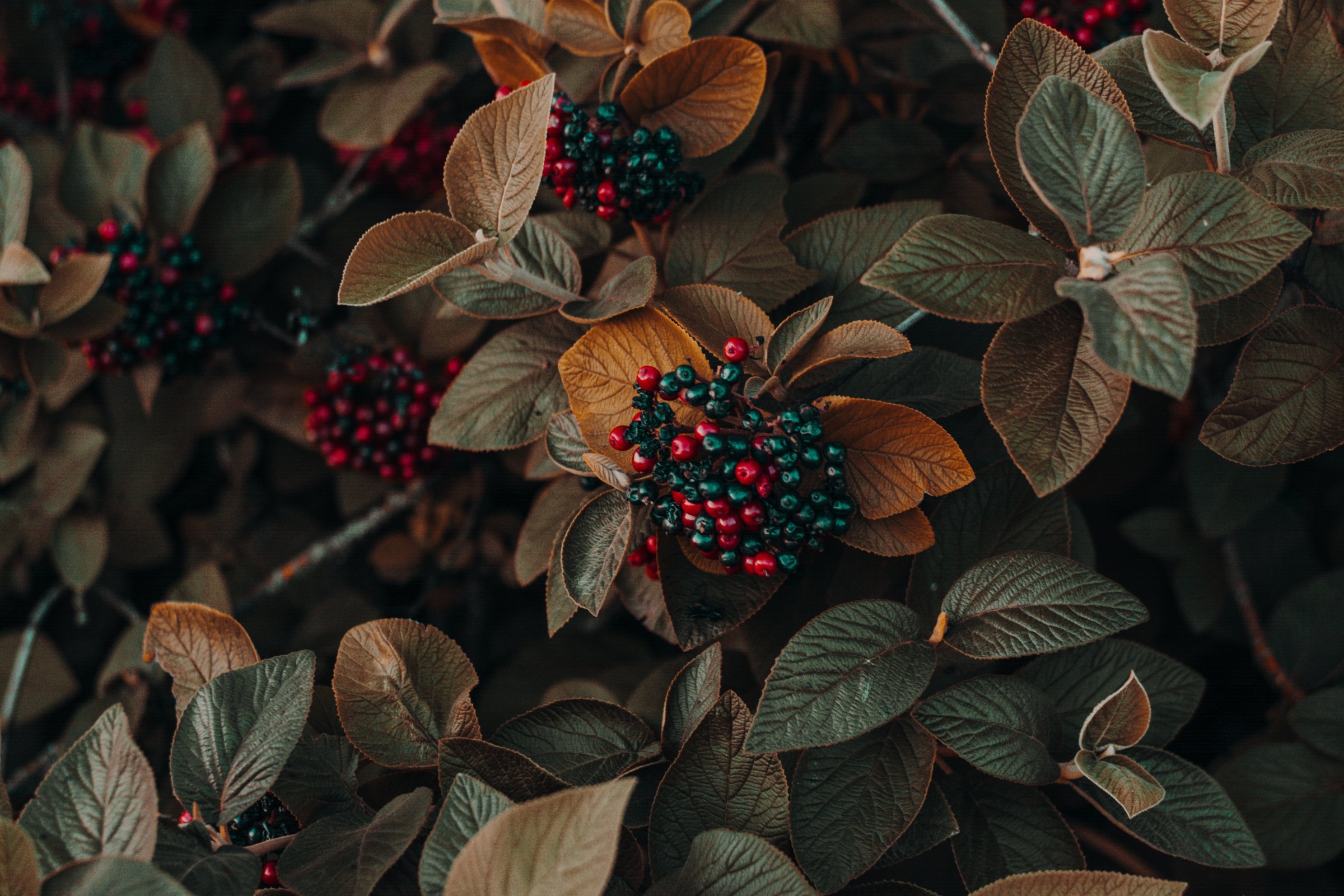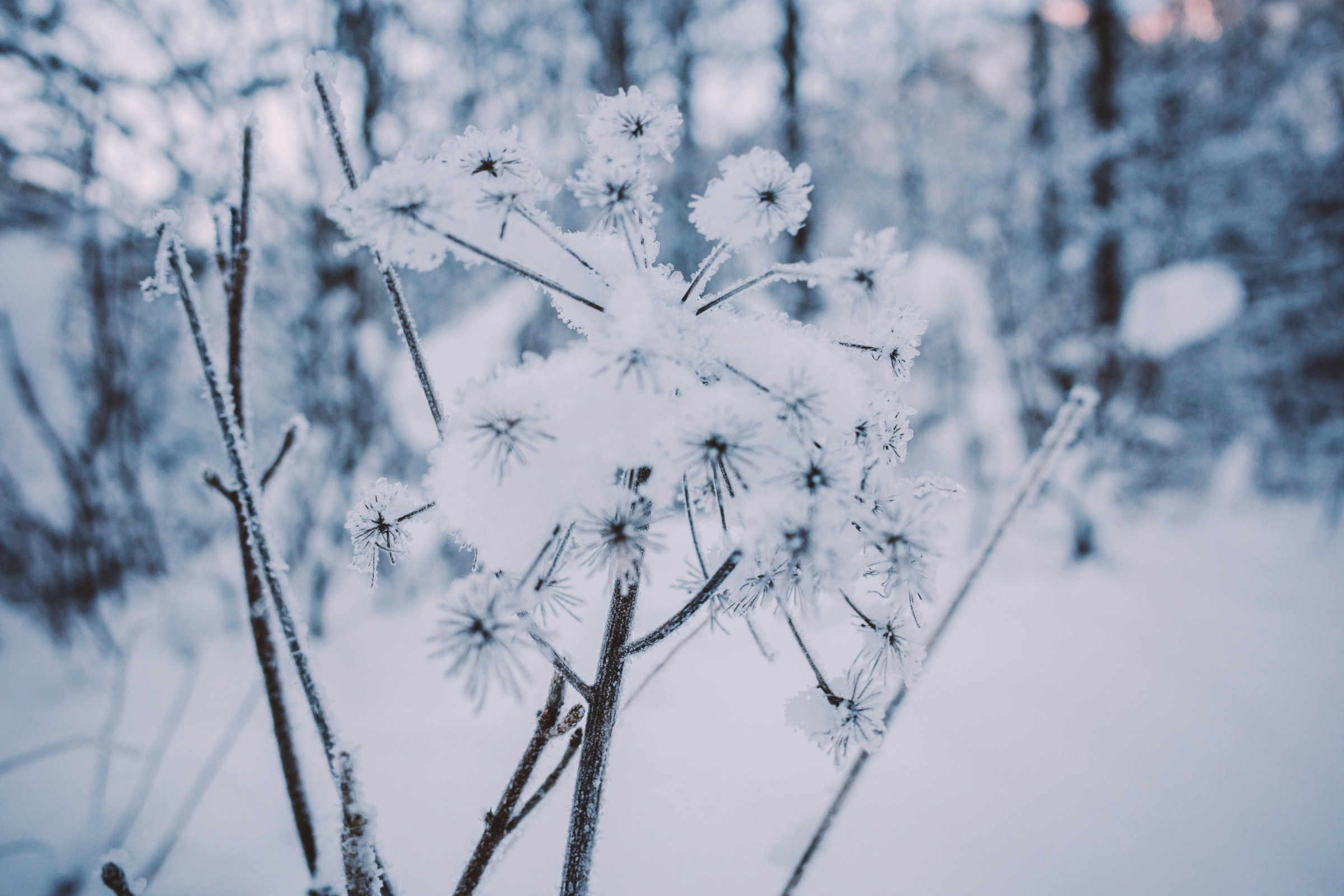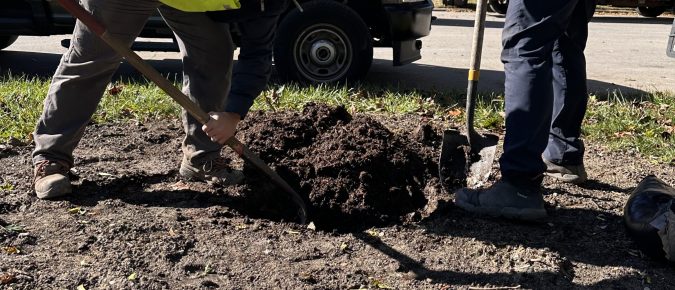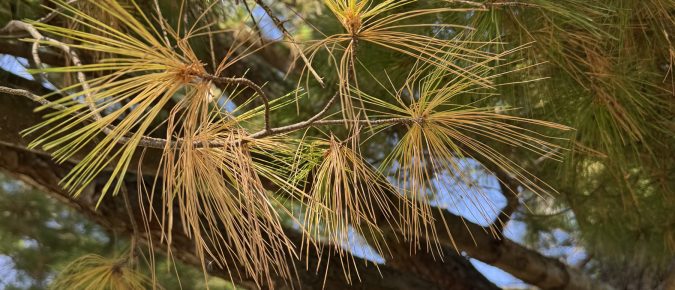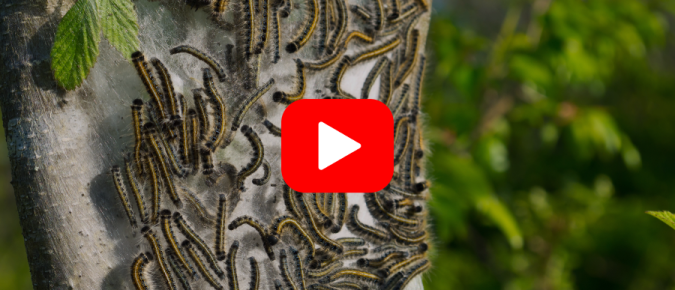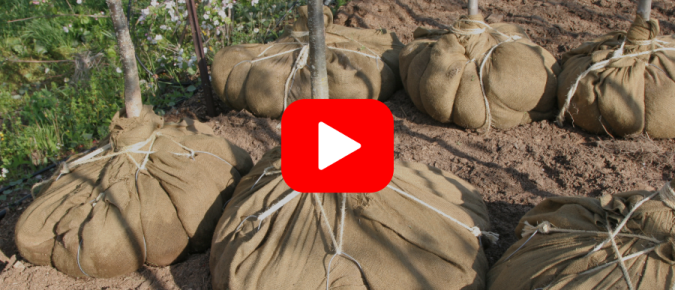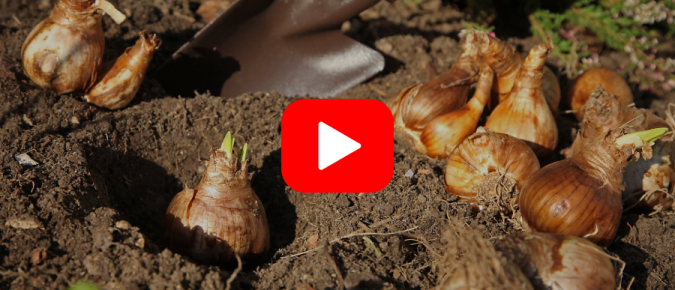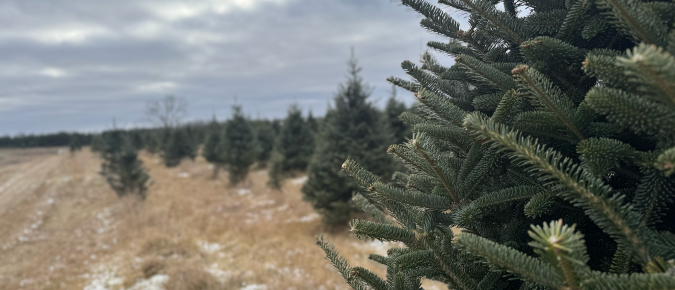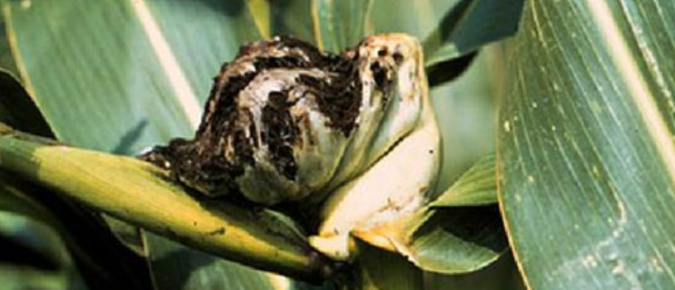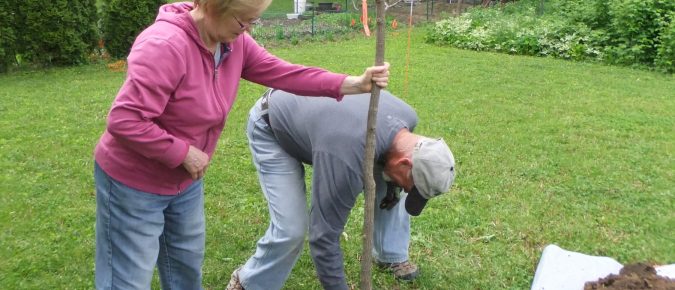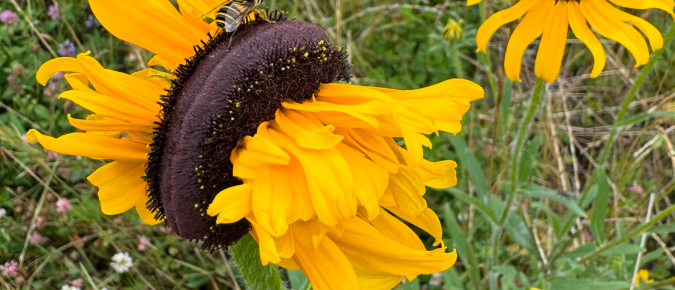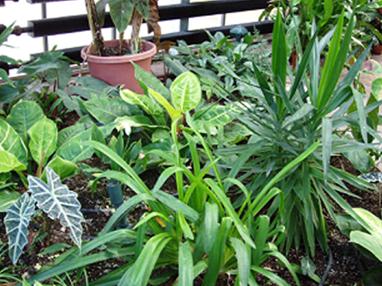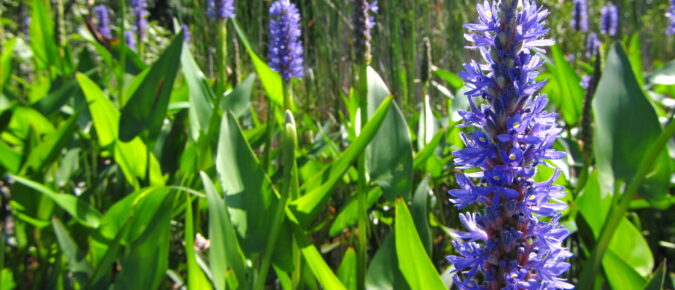Bareroot trees are dormant stock typically planted in early spring prior to bud break. This planting method promotes rapid establishment and offers several additional horticultural benefits.
Winter burn refers to a type of damage to evergreen foliage that typically occurs over winter. Frequently affected plants include yews, junipers, boxwood, arborvitae, rhododendrons, dwarf Alberta spruce, and hemlock.
Despite their name, evergreen needles do not stay green forever. Older, inner needles discolor and drop off after one or more years, depending on the species.
Should you actually burn those big webs of caterpillars found in trees during spring and fall? In this episode of Garden Myths and Home Remedies, we uncover the truth about tent caterpillars.
Fall is a great time to plant a tree! In this webinar, you will learn why this time of year is optimal and which species are best-suited for fall planting. You’ll also hear about important factors to consider when picking a tree species and nursery stock—and whether or not those “fall clearance sale” plants are a good buy!
Fall is a great time to plant bulbs for spring beauty. In this webinar, you’ll learn essential tips on how to select the perfect bulbs, correctly plant them, and protect new plantings.
Christmas trees offer consumers a chance to bring nature indoors for a few weeks each December. Whether you choose a pre-cut tree available at a local tree lot or garden center or cut your own tree from a farm, you will have several tree species to choose from.
This article provides a list of 10 relatively easy-to-identify plant diseases commonly found in Wisconsin vegetable gardens.
This article contains a compilation of tree species recommended for fall planting vs. waiting until spring.
This physiological disorder, called fasciation, can occur in almost any plant part, but is most noticeable in the stems or inflorescences.
Houseplants offer many benefits beyond beautifying a space. Not only can they improve the air quality in your home, they also can improve your mental well-being and reduce stress through basic care techniques.
Aquatic and wetland plants are great additions to your water gardens, ponds, and rain gardens to oxygenate the water, shelter and feed wildlife, provide beauty, and support pollinators. The plants we choose for rain gardens are also key to how it will function to reduce runoff. Over time, we have learned that many invasive plants introduced to our gardens impact native species by spreading into natural areas.

